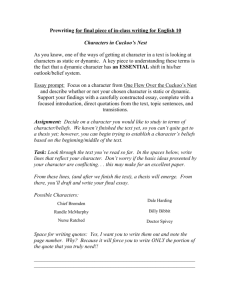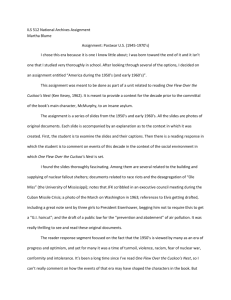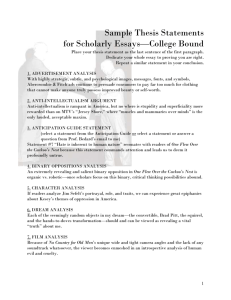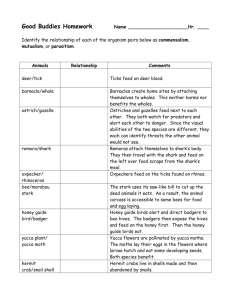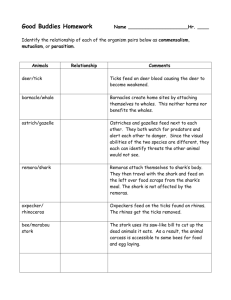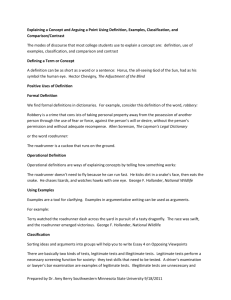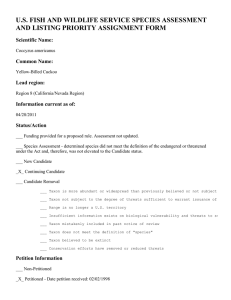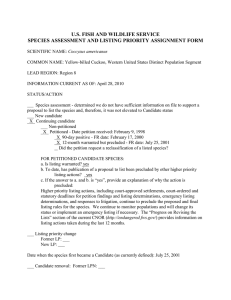Cuckoo Wrasse - Ulster Wildlife
advertisement
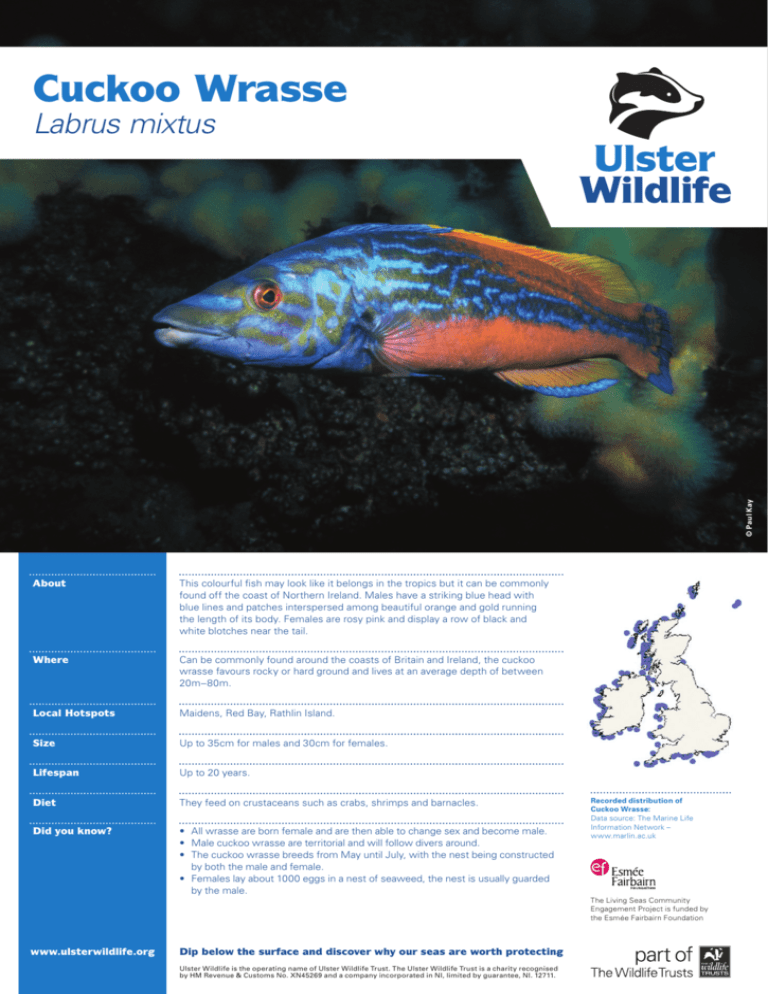
Cuckoo Wrasse © Paul Kay Labrus mixtus About This colourful fish may look like it belongs in the tropics but it can be commonly found off the coast of Northern Ireland. Males have a striking blue head with blue lines and patches interspersed among beautiful orange and gold running the length of its body. Females are rosy pink and display a row of black and white blotches near the tail. Where Can be commonly found around the coasts of Britain and Ireland, the cuckoo wrasse favours rocky or hard ground and lives at an average depth of between 20m–80m. Local Hotspots Maidens, Red Bay, Rathlin Island. Size Up to 35cm for males and 30cm for females. Lifespan Up to 20 years. Diet They feed on crustaceans such as crabs, shrimps and barnacles. Did you know? • All wrasse are born female and are then able to change sex and become male. • Male cuckoo wrasse are territorial and will follow divers around. • The cuckoo wrasse breeds from May until July, with the nest being constructed by both the male and female. • Females lay about 1000 eggs in a nest of seaweed, the nest is usually guarded by the male. Recorded distribution of Cuckoo Wrasse: Data source: The Marine Life Information Network – www.marlin.ac.uk The Living Seas Community Engagement Project is funded by the Esmée Fairbairn Foundation www.ulsterwildlife.org Dip below the surface and discover why our seas are worth protecting Ulster Wildlife is the operating name of Ulster Wildlife Trust. The Ulster Wildlife Trust is a charity recognised by HM Revenue & Customs No. XN45269 and a company incorporated in NI, limited by guarantee, NI. 12711.
